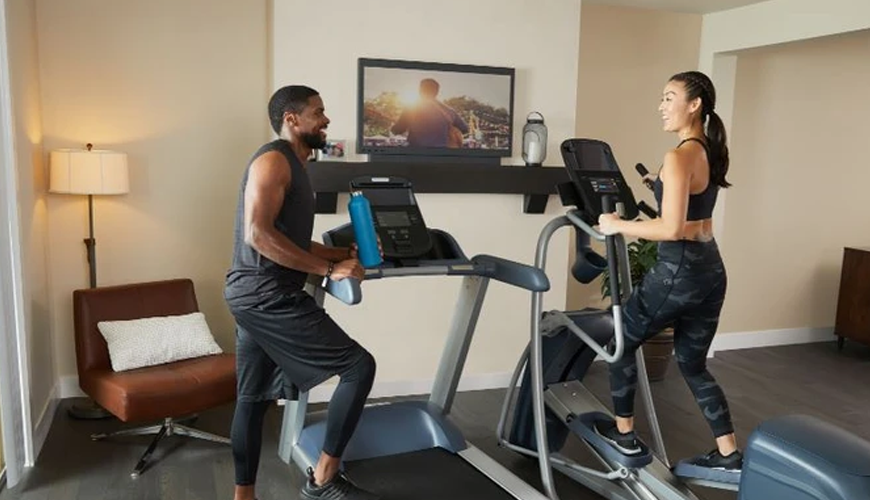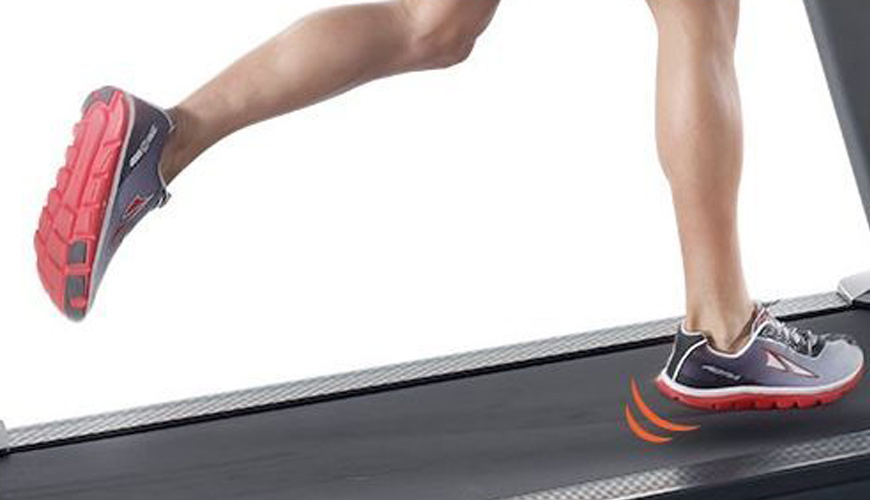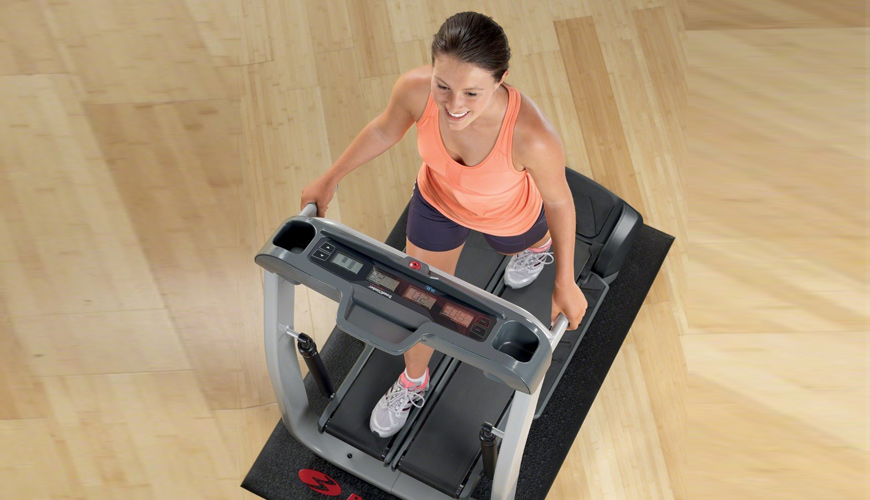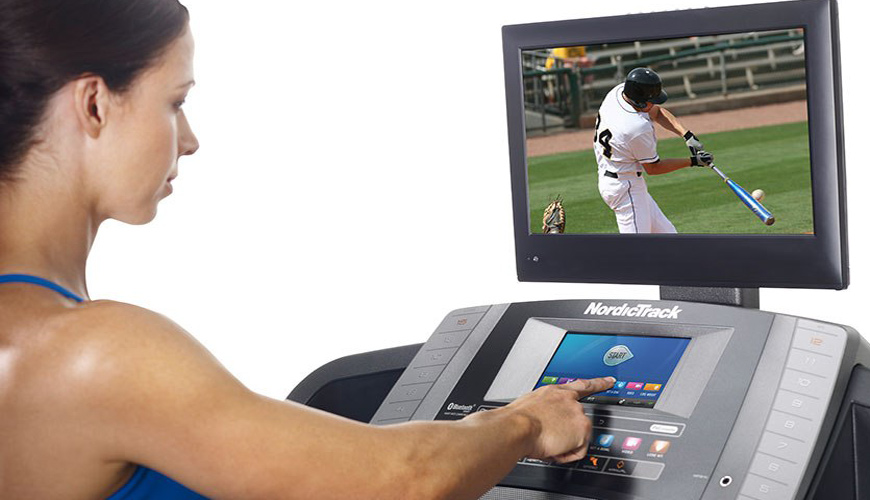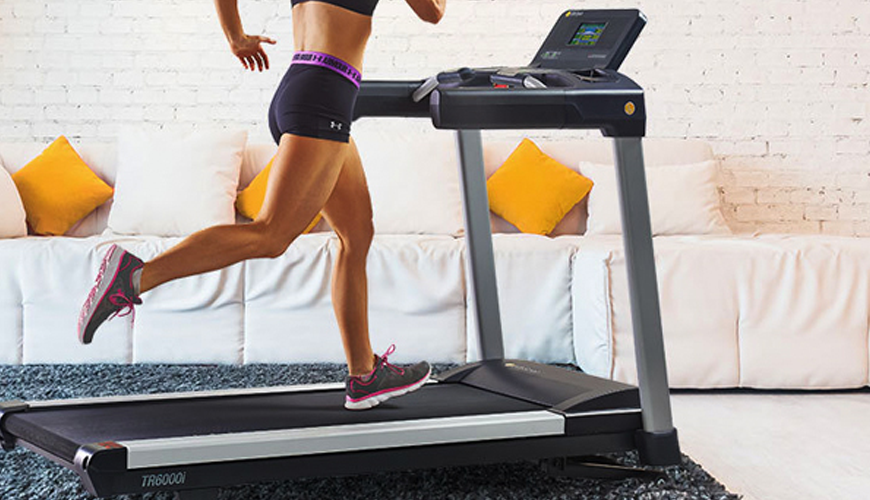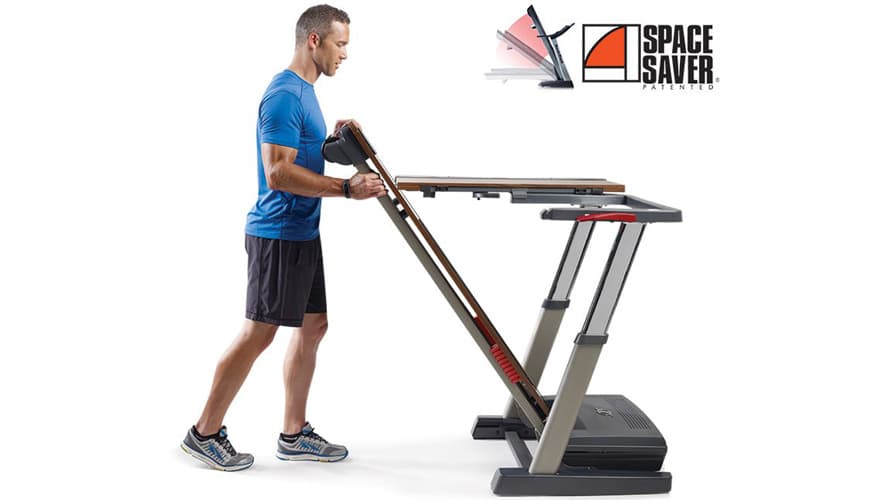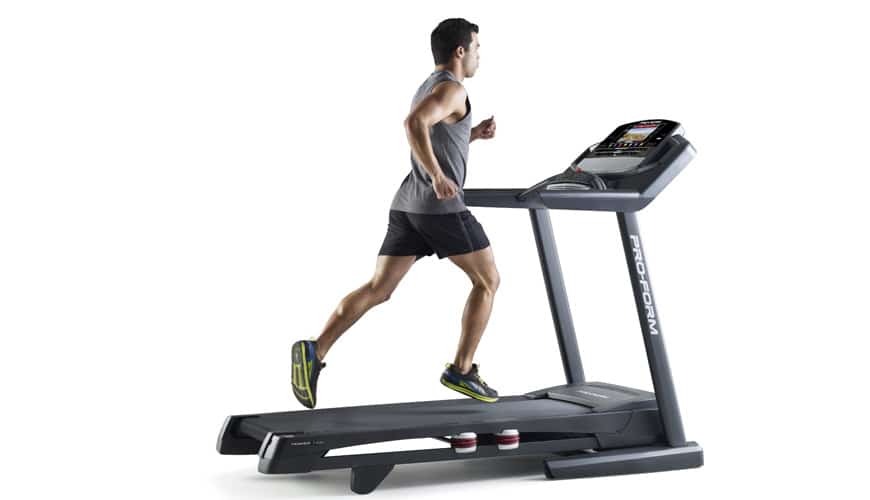Here Are 4 Questions To Consider When Deciding On A Schedule For Running
Whether you’re running on a treadmill, pavement or a gravel trail for fitness or health, the same question often pops up. How often should you run?
The answer of course depends largely on your health, time constraints and your fitness goals. Here are a few considerations to make which will help you answer the question for yourself.
1 What Are Your Running Goals?
If you’re running for health then running daily is an option however, it’s not a requirement. Especially if you are active otherwise. For example, if you walk or rarely sit during the day then running every day isn’t necessary. You can run two to three days a week and still retain all the weight loss and health benefits.
If you’re training for an event you may also want to cut back to two to three runs each week. Then you can supplement your running training with other exercises like strength training, cycling, and yoga. And don’t forget to rest.
2 What Are Your Health and Fitness Goals?
Many people run for weight loss and to improve their health and fitness. Running can be a great way to accomplish those goals. However, running too much can cause injury. If you become injured then you’ll be set back. You’ll be sitting on your couch instead of working out. Avoid this! Run two to three times a week and supplement with other exercises. Walk. Do yoga. Ride your bike, dance and get outside. Cross train so you stay fit and uninjured.
3 How is Your Health?
Running is great for improving health. However, too much running and not enough recovery time can weaken your immune system. If you’re strong and healthy go ahead and run as often as you’d like. Just take care to pay attention to your body. If you feel extra tired or like you’re fighting something, take a day off from running.
Likewise if you struggle with joint pain, consider running less often. It’s perfectly acceptable to walk instead of running or jogging.
4 How Much Time Do You Have?
Finally, how much time do you have to run? Weekend warriors can cause some damage to their bodies because they try to cram too much into the two short days of the weekend. One solution to the weekend warrior syndrome is to get a treadmill. You can walk or jog on the treadmill in the mornings or evenings while watching television.
Treadmills can also help you cross train as they can be easier on your joints. You can walk on your treadmill too, not just run. When contemplating the question about how often you should run consider how a treadmill can help you supplement your health and fitness routine. Consider your goals, health and time constraints and how a treadmill can help you achieve running success.
Walking For Fitness: How Much is Enough?
Have you heard of sitting disease? It’s the new name for society’s sedentary lifestyle. It’s a shocking name and there’s a reason behind it. Being sedentary can kill you. Sitting all day at your desk, in your car and on your couch causes a number of diseases. It causes obesity, diabetes, heart disease and chronic pain.
The good news is that you don’t have to train for a marathon or undergo an extreme fitness program to combat sitting disease and the subsequent weight gain and health conditions. You can simply walk your way to health.
Why Walking Works
Our bodies are meant to move. They’re not meant to sit. When you move your body you release important hormones into your blood stream. These hormones optimize cellular function at the most basic level. They improve your metabolism. They control hunger. They also increase your energy and even boost your sex drive. You’ll feel happier, healthier, and more balanced just by walking.
How Much Is Enough?
Fitness and nutrition experts recommend walking 10,000 steps each day. It may sound like a lot at first. However, 10,000 steps is really only about 5 miles each day. Here’s how to get your steps in.
1. Take the stairs. Whenever you have the opportunity, take the stairs. Each step brings you one step closer to your 10,000 (and when you go down the stairs that counts too!)
2. Park at the end of the parking lot. Unless there are safety concerns, park further away from the building. The extra steps you take between your car and the supermarket, bank or other establishment will add up quickly. Depending on your lifestyle, you may be able to add an extra 2000 steps a day just by adding this habit.
3. Take breaks from sitting. If you’re like most people you probably sit at a desk all day. You may also sit in a car and then come home to sit at the table and couch. Take breaks from sitting. Every hour, get up and move. Walk for a few minutes. Clean a room in your home, walk the dog or just walk around and get the blood flowing.
4. Take walks. Get outside and walk during your lunch break. Take walks in the morning to start your day or to finish it – or both. Walking in nature helps you get the vitamin D you need. It also helps you get fresh air which calms the mind.
5. Get a treadmill. Instead of sitting on the couch at night to watch television, get a treadmill. Position the treadmill in front of your television and walk instead of sitting. You can likely get your 10,000 steps in during prime time television.
Walking Treadmills
You don’t have to go big with a treadmill either. If your treadmill is to help you walk more consider getting a walking treadmill or a manual treadmill. They’re lighter and more compact. This means you’ll be able to fold it up and put it away when you’re not using it.
Walk more for better health. Get a pedometer to track your steps. Aim for a minimum of 10,000 steps and invest in a treadmill to help you walk your way to better health.
Conclusion: It’s a good thing to know that you have choices to keep your self healthy and fit. Even if you can’t run due to having bad knees or back issues, you still have a solid option with walking. Consistent exercise is key.


